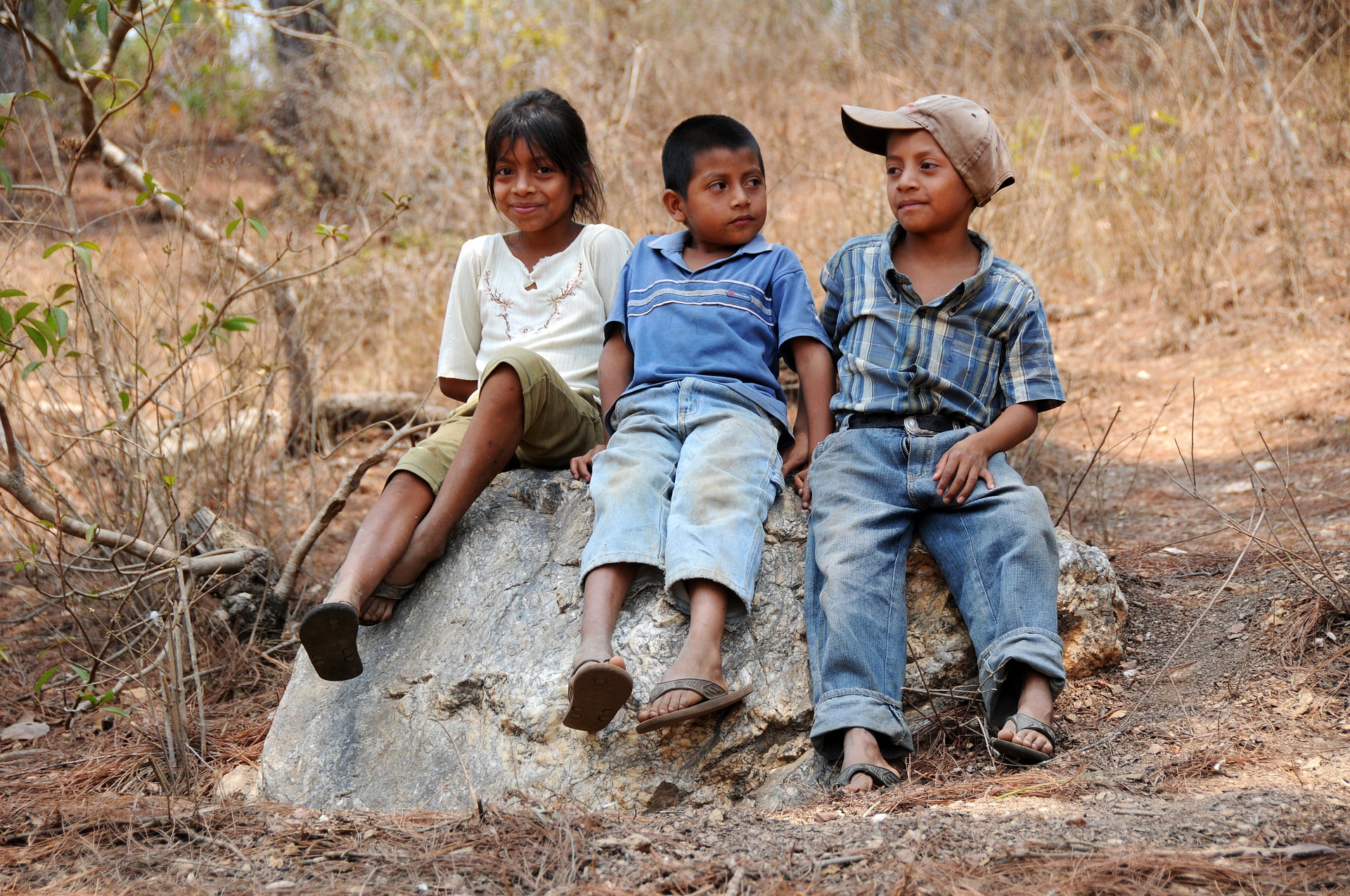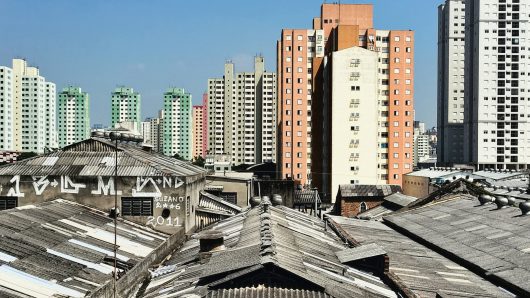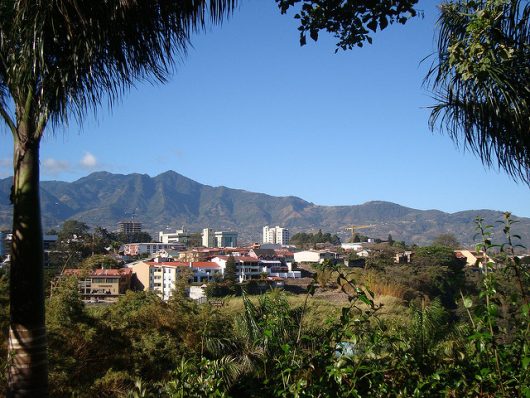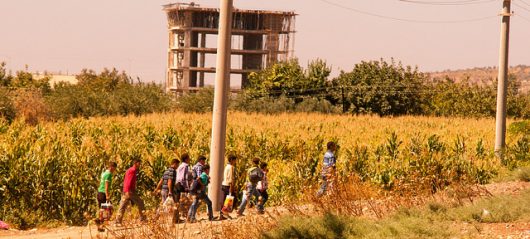
Like many other countries, Chile has struggled to ensure its citizens remain out of poverty. Luckily, the country has experienced economic growth over the past few years, now one of the fastest-growing economies in Latin America. This success can be seen by looking at how much of the population was impoverished in 2000 compared to 2017. In 2000, 30% of the population was impoverished. By 2017, the country was able to cut that number all the way down to 3.7%. As a result, Chile has grown its economy, helped those in poverty and reduced the poverty rate.
3 Things to Know About Poverty Reduction in Chile
- Free-Market: Much of the reason there has been poverty reduction in Chile is due in part to its decision to become a free-market economy in the mid-1980s. This resulted in increased trade with other countries. From 1985 to 1989, Chilean exports doubled. That trend has only continued for the country up into the modern day. By becoming a free-market economy, the country set itself up for a healthier economy.
- Chile Solidario: The Chilean government has implemented a multitude of programs to bring aid to those in poverty and bring about poverty reduction in Chile. The Chile Solidario was the first large-scale version of such programs. The program continued throughout the years 2002 and 2009. One of the ways the program met the needs of impoverished people in Chile was by actually sending case workers out to meet with Chilean citizens in poverty and rectify the problems they struggle with. By doing so, the program was able to personalize the aid given to a family depending on the unique problems that family was struggling with. While Chile Solidario did not help with employing Chilean citizens in poverty or improving housing conditions, it did help them use the welfare system within the country to get them through their economic troubles.
- Countercyclical policy: A countercyclical policy works opposite to the business cycle rather than along with it. The country instead lowers taxes and increases spending during a periods when the market is not favorable and raises taxes and reduces spending when the market is favorable. During the early 2000s, Chile adopted a countercyclical policy. As a result, public spending remains at the same rate throughout the year. The countercyclical policy has proven effective and reliable in Chile. For example, copper is the most important export to the Chilean economy. During 2009, however, the copper industry suffered quickly and as a result unemployment increased to 10%. The excess money that Chile saved up due to its countercyclical policy was used as a stimulus to help the people. Therefore, this policy can promote poverty reduction in Chile should there be an economic crisis in the future.
Due to the Chilean government’s actions, Chile has reduced poverty and provided a better standard of living for its people. Moving forward, it is essential that the country and other humanitarian organizations continue to focus on poverty reduction and improving livelihoods. If they do, poverty in Chile will hopefully continue to decrease.
– Jacob E. Lee
Photo: Flickr

 The definition of poverty in Latin America has multiple standards. Twenty years ago, foreign academic fields and institutions considered those with an individual monthly income of less than 60 dollars as poor and less than 30 dollars as extremely poor. In addition, economic development in Latin American nations vary, while their different standards on salary, labor productivity, and purchasing power indicate varied distributions on social wealth. There is no doubt that helping the poor in Latin America urges global attention. The current population of
The definition of poverty in Latin America has multiple standards. Twenty years ago, foreign academic fields and institutions considered those with an individual monthly income of less than 60 dollars as poor and less than 30 dollars as extremely poor. In addition, economic development in Latin American nations vary, while their different standards on salary, labor productivity, and purchasing power indicate varied distributions on social wealth. There is no doubt that helping the poor in Latin America urges global attention. The current population of 
 Every year, the Citizen’s Council for Public Security in Mexico releases a ranking of the 50 most violent cities in the world. The list is based on homicides per urban residents and does not include conflict zones such as Mosul, Iraq. The recently released 2016 ranking demonstrates the range of violence in Latin America: of the top 50 cities, 42 are in Latin America.
Every year, the Citizen’s Council for Public Security in Mexico releases a ranking of the 50 most violent cities in the world. The list is based on homicides per urban residents and does not include conflict zones such as Mosul, Iraq. The recently released 2016 ranking demonstrates the range of violence in Latin America: of the top 50 cities, 42 are in Latin America. Cuba is a unique island nation whose economy has been the subject of contention for decades. It is also a poor country that struggles to provide housing, transportation and other necessities. The Borgen Project outlines five of the main causes of
Cuba is a unique island nation whose economy has been the subject of contention for decades. It is also a poor country that struggles to provide housing, transportation and other necessities. The Borgen Project outlines five of the main causes of 



